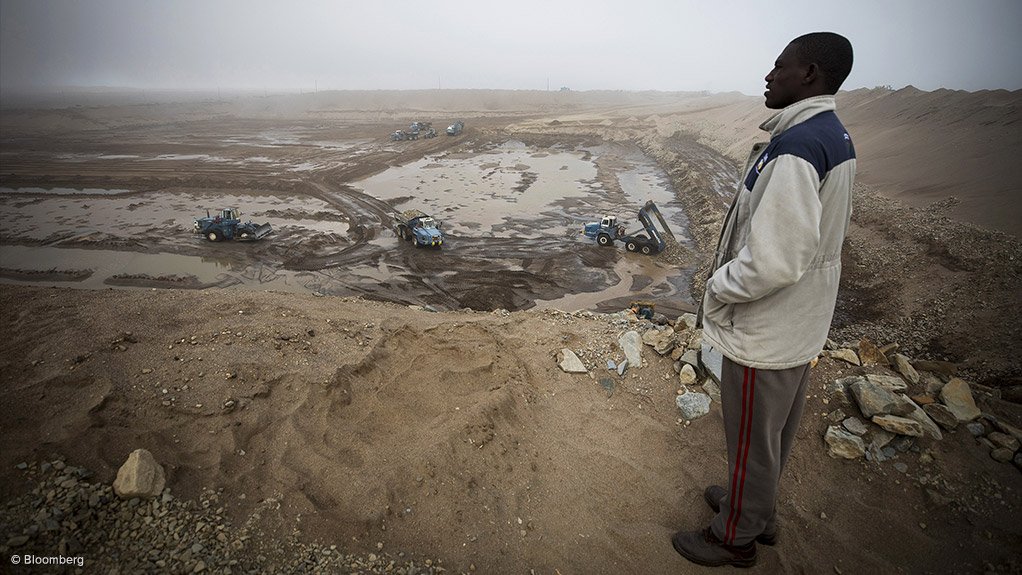The Australian mining industry’s challenges pertain to environmentally sustainable practices, rather than community sustainability, which is the case in the African mining industry, says global engineering consulting firm Aurecon Brisbane technical director Andrew Keith.
“However, in places such as the Hunter Valley, where mining has existed for generations around local towns, the issues are quite similar to Africa regarding the ongoing economies of local towns after mines close.”
Australian mining companies are aware of the issues and actively engage in supporting the development of reuse and rehabilitation opportunities, he adds.
Localisation does not manifest to the same extent in Australia as it does in Africa, since the approvals of mines are centralised at different states in Australia and mass civil disobedience to disrupt mining operations is uncommon, Keith explains.
“Perhaps the way it manifests in Australia depends on the states’ royalty and mining investment regimes. Several years ago, some states increased their royalty levels to, in the governments’ view, better compensate the people for depletion of its mineral resources.”
He says, in some cases, local landholders protested the loss of arable land or indigenous groups challenged a mine based on the Native Title Act. “These cases are less about retaining the mine’s economic value closer to the local community, and more about ensuring that the local environment is protected from the potential negative impacts of mining.”
Keith notes that the mining industry globally struggles with social licence, owing to a historic trust deficit, which was the result of mines’ poor historic practices regarding the environment, the surrounding communities or both.
“In this globalised age, the connectivity of the planet has grown, as communications technologies have taken mobile telephony and the Internet, with its social media, into all but the most remote places.”
This has “opened up” mining operations, in locations that were previously difficult to reach, to scrutiny beyond local communities and regional and national governments. Consequently, environmental groups, nongovernmental organisations and concerned parties worldwide can now, for example, see the impacts of mining operations on the other side of the world, he explains.
Keith emphasises that local communities and governments continue to be the most important stakeholders who may support or create operational risks for the mine. “Their toolkit for hindering mining activities, should they choose to do so, is enhanced by connectivity through a global network of groups with experience of mining, effective means of protest, and potential compensation regimes from other parts of the world.”
He says Aurecon supports mining companies in identifying and managing their environmental and social impacts and footprint. “This includes environmental- and social-impact statements, management plans and strategies for rehabilitation, closure and mine repurposing. A key part of this is assisting mines in engaging with key community and environmental stakeholders.”
Regulations and Compliance
Keith says, traditionally, community engagement was regarded as a compliance issue, but that now is treated as an important part of doing efficient and profitable business.
“Historically, the approach has been to achieve regulatory compliance, especially for environmental and social impact. To be on a path for a social licence to operate, the project would need to have, as a minimum, communities who are not motivated to disrupt mine operations.”
He explains that governments have applied regulations because of the mining industry’s poor history around sustainability issues during operations and the legacy left after closure.
“When imposing regulations, governments have naturally sought to make them as rigorous as possible to get improved outcomes. However, in doing so, they somewhat constrain the approach mining companies might take to engender true social licence, rather than merely achieving compliance.”
He notes that mines must invest in achieving the stated compliance, whether the compliance requirements are valued by key stakeholders, such as local communities and indigenous groups, or not.
Keith says governments need to provide a framework for mines, but once their requirements become too prescriptive, they run the risk of being suboptimal in terms of generating and maintaining social licence to operate.
“Many mining companies now recognise the benefits of proactive early engagement with their affected communities and fostering attitudes that go beyond tolerance of the project to achieve support or even identification with it, where government and a community defend the project against detractors,” he concludes.
Edited by: Mia Breytenbach
Creamer Media Deputy Editor: Features
EMAIL THIS ARTICLE SAVE THIS ARTICLE
ARTICLE ENQUIRY
To subscribe email subscriptions@creamermedia.co.za or click here
To advertise email advertising@creamermedia.co.za or click here













